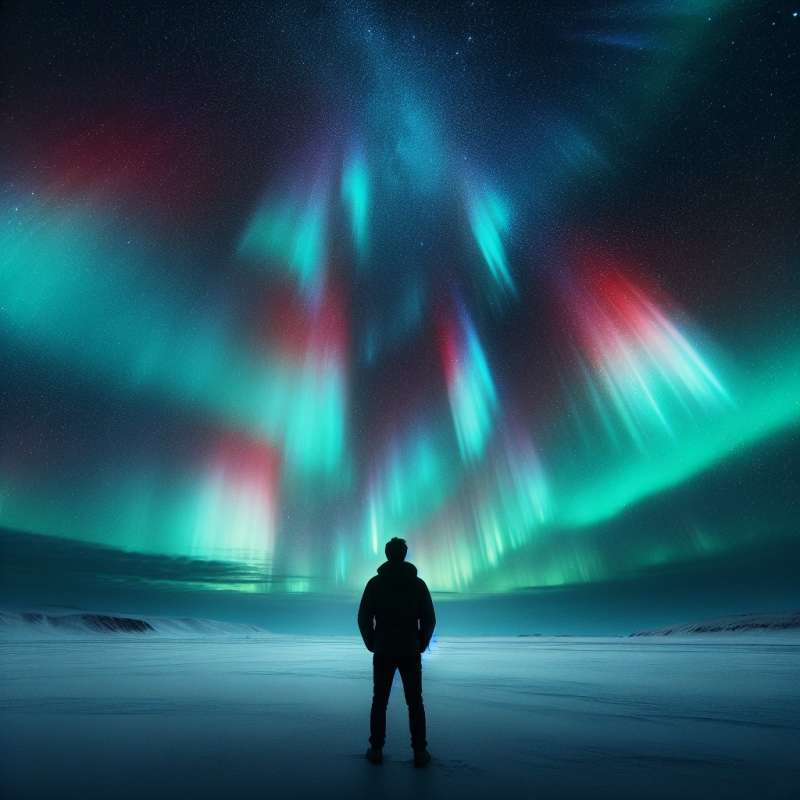
Aurora Borealis Introduction
The Aurora Borealis, or Northern Lights, is a natural light display predominantly seen in high-latitude regions around the Arctic, known for its vibrant colors and ethereal appearance in the night sky.
Science Behind the Phenomenon
These lights occur when charged particles from the sun collide with gases like oxygen and nitrogen in Earth's atmosphere, resulting in a mesmerizing light show varying in color and form.
Colorful Light Variations
Auroras can display a range of colors. Oxygen contributes green and red hues, while nitrogen can cause blue or purple. The type of gas and altitude of the collision influence the colors we perceive.
Geomagnetic Activity Influence
Solar winds and the Earth's magnetic field interact to form the aurora. Geomagnetic storms, caused by intense solar activity, can lead to particularly spectacular and widespread aurora displays.
Auroras on Other Planets
Though famous on Earth, auroras are not unique to our planet. Spacecraft have observed auroras on other planets like Jupiter and Saturn, hinting at complex magnetic environments beyond Earth.
Historical and Cultural Impact
Auroras have captivated humans for millennia, inspiring myths and folklore. Many cultures have ascribed spiritual significance to these lights, often seeing them as omens or messages from the divine.
Viewing the Northern Lights
Prime viewing conditions include dark, clear skies away from city lights, during increased solar activity. Winter months in the Magnetic North Pole vicinity, like Norway or Canada, are ideal for observing this natural wonder.Silent Auroras
Auroras can produce faint sounds, akin to soft claps or rustling, detected during intense displays, adding an auditory element to the visual spectacle.
What primarily causes auroras?
Lunar atmospheric interaction
Sun's charged particles collision
Earth's magnetic field alone
Company